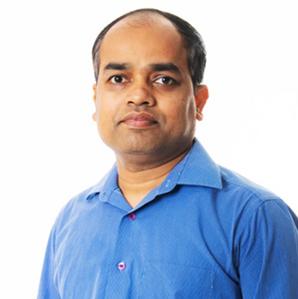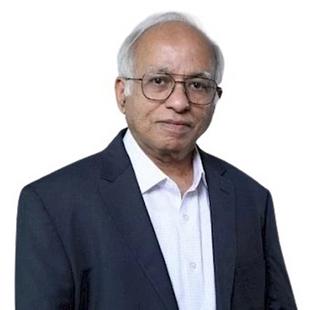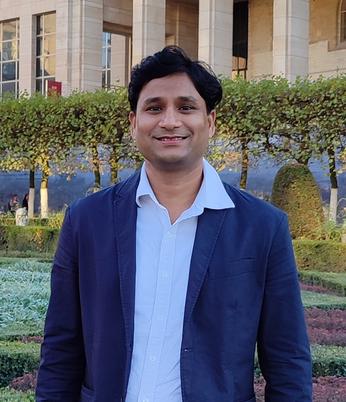
DEPARTMENT OF

SCHOOL OF ENGINEERING
S C H O O L O F E N G I N E E R I N G




S C H O O L O F E N G I N E E R I N G

S. Tripathi, H. S. Sahu, S. Kumar, S. K. Nayak and M. K. Mishra
S. Tripathi, H. S. Sahu, S. Kumar, S. K. Nayak and M. K. Mishra, published in IEEE Journal of Emerging and Selected Topics in Power Electronics, vol. 11, no. 5, pp. 5441-5453, Oct. 2023
Maximum Energy Harvest From a TCT Connected PV Array Under Nonhomogeneous Irradiation Conditions

Inspired by Pitcher plant’s superslippery characteristics, we developed a fluorine-free multifunctional super slippery surface with ultra-low friction characteristics. Liquid droplets showed extreme mobility with high sliding velocities. Ultra-low friction (COF ~ 0.01) and extremely low ice adhesion of <20 kPa. Sustaining self-cleaning and anti-staining, the processed surface showed utmost durability under different harsh conditions.

Dr. Madhur Deo Upadhayay
Design and Development of Miniaturized OAM Antenna for Higher Order OAM Beam with Improved Mode Purity CRG, DST-SERB, 2024, INR 18.3 Lakhs
OAM mode number defines the degree of twisting of radio wave and these twisted signals can cram much more data into a single stream. Hence, OAM wave provides the extra degree of freedom without increasing the frequency bandwidth.
S C H O O L O F E N G I N E E R I N G

Queueing Theoretic Models for Multiuser
MISO Content-Centric Networks with SDMA, NOMA, OMA, and Rate Splitting Downlink
By R. Raghu, M. Panju, and Vinod Sharma, published in IEEE Transactions on Wireless Communications, 2023

Multiuser, Multiple Input, Single Output (MU-MISO) systems are indispensable for 5G and 6G wireless networks. For these systems beamforming, based on SDMA, NOMA, OMA and rate splitting provide improved performance. For such systems, we study how Queueing, beam-forming and user dynamics affect the Queueing delay for content-centric networks, the main performance measure, ignored so far.

Simulation and Performance Analyses of Photoconductive Antenna for High Power THz Emitter and Receiver on LT-GaAs and InGaAs Substrate
DRDO, Jan 23- Jan 25, INR 29.96 Lakhs
The goal of the project is to design and analyse a PCA working in THz frequency range. The analysis deals with the optimization of the semiconductor substrate material, and antenna design to achieve high radiation power from the antenna. The targeted application is terahertz spectroscopy system for defence applications.
Prof. Vinod SharmaS C H O O L O F E N G I N E E R I N G

Himanshu Sekhar Sahu
Maximum Energy Harvest From a TCT Connected PV Array Under Nonhomogeneous Irradiation Conditions
S. Tripathi, H. S. Sahu, S. Kumar, S. K. Nayak and M. K. Mishra, published in IEEE Journal of Emerging and Selected Topics in Power Electronics, vol. 11, no. 5, pp. 54415453, Oct. 2023

A novel module relocation technique (MRT) is proposed to mitigate mismatch loss (MML) in partially shaded photovoltaic arrays. MRT configuration disperses shadow effectively. The experimental results indicate performance enhancements of 8.37% to 29.64% and reducing MML from 1.10% to 3.06%. The MRT configuration is useful for residential and commercial applications.

Dr. Sandeep Kumar Soni
Predefined-Time Frequency Estimation of Biased Sinusoidal Signals.
S. Kumar, S. K. Soni and S. Kamal, published in IEEE Transactions on Circuits and Systems II: Express Briefs, vol. 71, no. 4, pp. 2369-2373, April 2024.
This research proposes an observer-based adaptive approach for predefined-time parameter estimation of biased sinusoidal signals. By employing this observer-based adaptive strategy, the parameter estimation is successfully achieved within the predefinedtime.Using the Lyapunov theorem, the theoretical stability of the proposed approach is guaranteed.